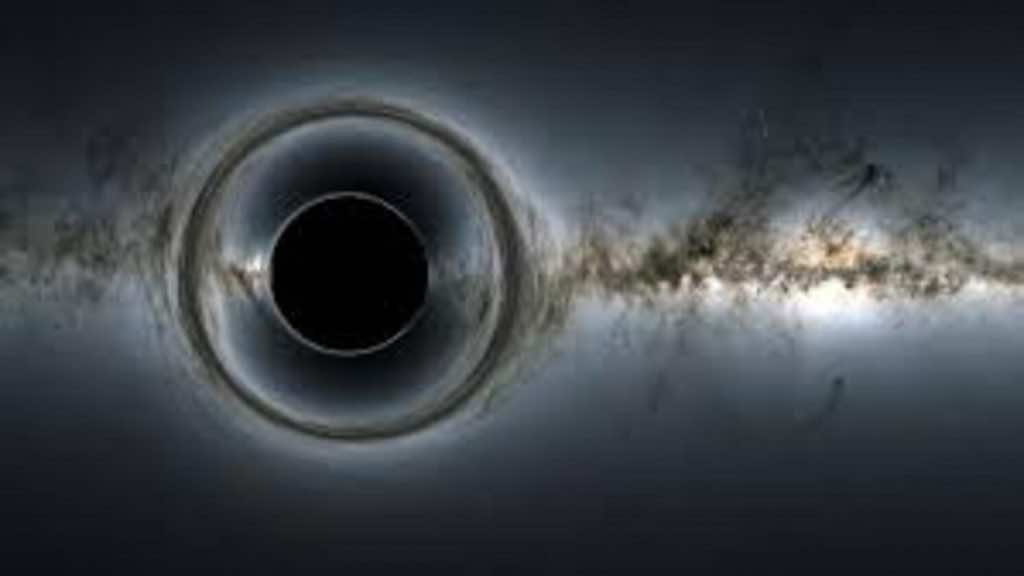Till date, a very limited number of active black holes have been found. They “shine brightly in X-rays as they consume material from a nearby stellar companion”, and are very far away.
This Friday, a new record was set when the closest black hole to the Earth was discovered. It is called Gaia BH1 and is dormant. It is ten times more massive than the Sun and is located about 1,600 light-years away in the constellation Ophiuchus.
The discovery was made by the Gemini North telescope in Hawai‘i. It is one of the twin telescopes of the International Gemini Observatory, operated by NSF’s NOIRLab.
“Take the Solar System, put a black hole where the Sun is, and the Sun where the Earth is, and you get this system,” explained Kareem El-Badry, an astrophysicist at the Center for Astrophysics | Harvard & Smithsonian and the Max Planck Institute for Astronomy, and the lead author of the paper, in a statement.
“While there have been many claimed detections of systems like this, almost all these discoveries have subsequently been refuted. This is the first unambiguous detection of a Sun-like star in a wide orbit around a stellar-mass black hole in our Galaxy.”
The article is published in the Monthly Notices of the Royal Astronomical Society.
The European Space Agency’s Gaia depicted non-uniform behaviour in the movement of the star. El-Badry and his team looked into it in detail through the Gemini Multi-Object Spectrograph instrument on Gemini North, which “measured the velocity of the companion star as it orbited the black hole and provided a precise measurement of its orbital period”, according to the release.
A wobble was noticed in the star’s position which was caused by a heavy dormant black hole, with a weight of about 10 Solar masses.
“Our Gemini follow-up observations confirmed beyond reasonable doubt that the binary contains a normal star and at least one dormant black hole,” elaborated El-Badry. “We could find no plausible astrophysical scenario that can explain the observed orbit of the system that doesn’t involve at least one black hole.”
Currently, astronomers’ models of the evolution of binary systems cannot explain the “peculiar” configuration of the Gaia BH1 system.
“It is interesting that this system is not easily accommodated by standard binary evolution models,” concluded El-Badry. “It poses many questions about how this binary system was formed, as well as how many of these dormant black holes there are out there.”

